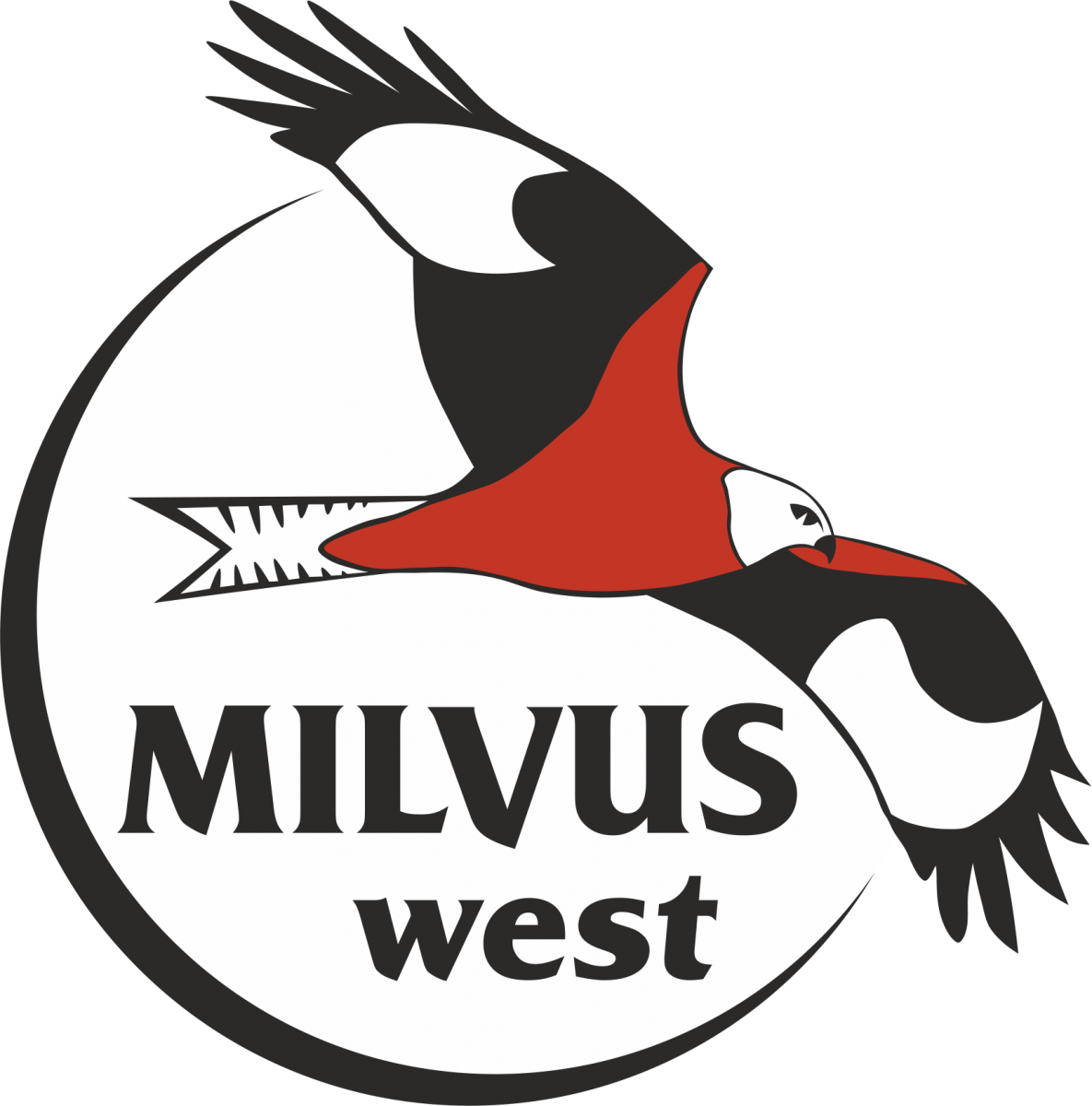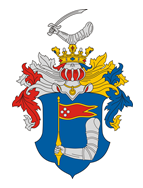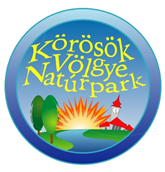The rehabilitation of the reed lake, a swamp that had become eutrophicated in the Culișer meadow, located in Salonta, Bihor county, has been carried out in the past 3 years within our project based on cross-border public-private partnership.
Partners

Transylvania West
Association
The branch from Oradea of the Milvus Group Association has been researching and protecting the Great Bustard population from Salonta for over 10 years. Activities within the project: monitoring of Great Bustard population, elaboration of a set of proposals to conserve the Great Bustard population and other natural values, communication and awareness (teacher training about the Great Bustard and other local natural values, ecology contest for pupils in grades I-VIII, meetings with farmers, exchange of experience with other specialists), specialized consultancy offered to the lead partner, The municipality of Salonta, for the elimination of physical barriers from the Great Bustards' habitat and the replacement of a medium voltage power lines with underground power lines, the reduction of the number of natural predators of the Great Bustard, informational support for the tourist center regarding Salonta's natural heritage, and also for the themed route.

The natural values of the Békés Town derive from its geographical location and can be easily synthesized on the basis of the Hungarian National Territorial Plan. There are three valuable areas from the point of view of ecology: Kettős-Körös, part of the Élővíz Channel located South from the town, which is a protected area, and the area from the west of Békés, which is also a protected area. The location and characteristics of Békés are mainly determined by its natural environment, by the Körös rivers, which are attractive destinations for aquatic tourism, including fishing. The small harbor and the Dánfok area next to it offer excellent opportunities for aquatic tourism, which is becoming more and more popular. As shown by the recent investments and evolution of Békés, emphasis is placed on maintaining quality in managing and developing the locality. The diversification of tourist services through this project is directly related to the multiple tasks of the local government, such as town development, the protection of the natural and built environment and employment.

Natúrpark
Association
Körösök Völgye Natúrpark Association was established in 2002, with the aim of developing ecotourism and coordinating the implementation of environment protection and nature conservation programmes in the Körösök Völgye region, a geographically well-defined region. At present, 11 local governments and 7 civil organisations are part of the Association. Thanks to the support of local governments, the efficient use of the European funds, as well as to the work done by the organization, the Association has become the promoter of territorial and rural development, active tourism and ecotourism, and that of environmental awareness and education. One of the outstanding achievements of the organization’s activities is receiving in April 2015 the national park official certification – being the ninth of this kind in the country. Besides drafting and managing national and cross-border projects, the Association also manages the Körösök Völgye Visitors’ Centre, situated in Békéscsaba, in the middle of the picturesque Széchenyi Park. In 2007 the building was completely renovated, the new look being complemented by new content: it has become the basis for various ecological and nature preservation initiatives, cultural mobilization and tourist programmes.

.png)
